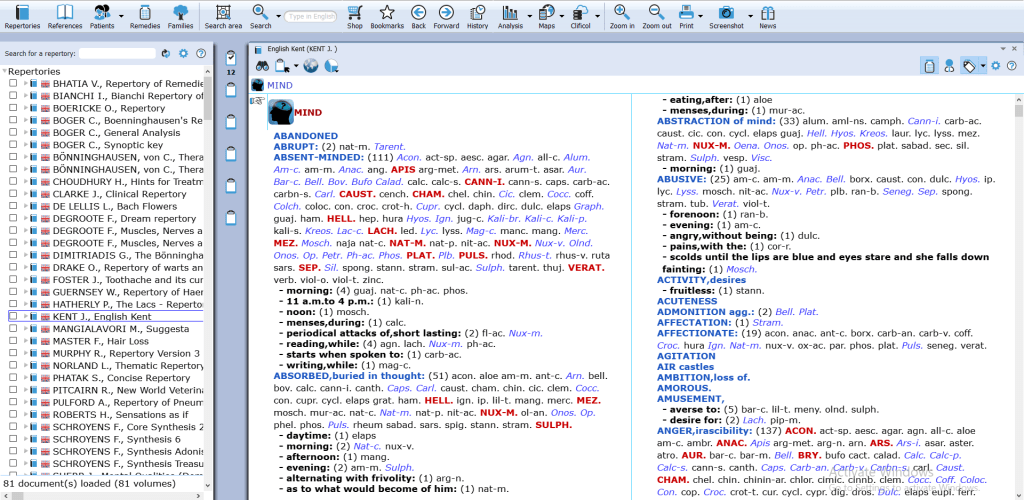Dr. James Tyler Kent started his professional career in St: Louis as a medical practitioner of the eclectic organization and school. At the same time existence actively attached with various eclectic Journals in the amplitude of a writer and also grab an earnest share in the council of Eclectic Medical Academy in St: Louis.
Although During that time his awareness was compulsorily directed to the Homeopathy through the serious sickness of his wife her case declined to relent to the treatment of besides of his own Eclectic or allopathic academy professionals but was depressed by Homeopathic treatment, He then enhance a careful scholar of Hahnemann’s organon and further works of the latest school which proceeded in his complete transformation to Homeopathy. considering more than 35 years of work that Dr J.T. Kent has been a noticeable figure in the medical group and Hence more than 25 years in educating or teaching and practicing in under the law of similia similibus curentur. He was glanced upon as only of the accomplished teachers and supporter In the Homeopathic academy in American states.
The Kent’s repertory originally belongs to the categorization of logical utilitarian variety because it possesses a logic behind its construction and has an efficient function. In the concluding half of the 19th century. After that There developed two of the leading schools of philosophers as the Boenninghausen’ s school and the Puritan group. Both the groups had its own merits and demerits.

As we all know that Kent’s repertory is constructed on the philosophy of the DEDUCTIVE LOGIC. So now generals are distributed within characteristics followed or accompanied by minute peculiars and particulars. If a case is formulated from particulars, barely frequent defeats may result. This Is anticipated to the certainty that the particular direction or supervision in which the medicines In general rubric have not been discovered and therefore to depend upon a little group of medicines is to close out other medicines which may also have that symptom or indication although not yet distinguished. In each of the general symptoms that should be considered initially and then particularize them. In various cases particulars alone can’t give a complete or absolute picture.
Important Features of Kent’s Repertory.
- Kent’s repertory is established on the philosophy of i.e, generals to particulars and it accompanies. This concept in arrangement too, accordingly making it simple to search for the rubrics.
- Kent’s Repertory contains 648 remedies in the Index.
- There are three gradations of remedies – 3, 2, 1, that is more empirical unlike five gradations of the Boger and Boenninghausen repertory.
- In the Mind section it contains various rubrics and sub-rubrics. It also carries qualified symptoms, which are very useful in repertorization.
- The Generalities section is vast and elaborate and it holds various rubrics on account of general modalities and few rubrics on the clinical conditions. Various rubrics which seem as particularly undergoing proper anatomical sections or principle headings may also be visible in this section, if they refer to the general conditions; for an example, modalities related to food, menses, perspiration, etc.
- It contains many of the symptoms belonging to parts as well as the generals, therefore one who works on this repertory rarely requires to refer to the other repertories.
- Sub-Rubrics which are placed alphabetically suitable to the arrangement. Sub-rubrics are also considered as relating to children, which is useful in narrowing the sphere of choice, For example: Irritability – Children in Convulsion – Children in sadness – Children in Restlessness.
- Cross-reference has been inserted anywhere Kent perceives they would be needed, Hence especially in the Mind chapter or section.
